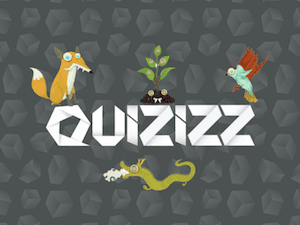As many people would think, every time I think about the learning process images of books, lectures, classrooms, and structured environments come to my mind. I am a teacher and have been a teacher most of my life. The word learning evokes everything related to my profession. I have never stopped to reflect upon the actual process of learning and how people learn. However, recently my time has been occupied with several readings for my ET-715 Foundations of Learning Theory materials. It has been challenging but intellectually stimulating reading.
One of the books I am currently reading is called Communities of Practice: Learning, Meaning, and Identity. Learning in Doing: Social, Cognitive and Computational Perspectives by Etienne Wenger (1998). There are many theories for learning including the social learning theory. According to Wenger (1998) we are social beings that acquire knowledge through active engagement in the world as well as our ability to experience the world in meaningful ways. We learn while interacting with others, learning about their practices, values, and beliefs, and by having an open mind and attitude towards existing differences.
One component of social learning theory is the sense of community: "Community as a way of talking about the social configurations in which our enterprises are defined as worth pursuing, and our participation is recognizable as competence (Wenger, 1998, p.4)". It is in the realm of learning through community experiences that the World Language Fair 2017 at Central High School on April 29th will allow for fun and engaging learning opportunities.
Attendees at he World Language Fair 2017 will have the opportunity to learn by direct observation, by engaging in language and culture experiences from different regions in the world, and by direct participation pursuing personal interests through games, sampling of multicultural foods, as well as performances from different regions in the world.
Learning does only happen within the walls of a classroom. Join us April 29th 2017 at Central High School East Campus for the World Language Fair!






